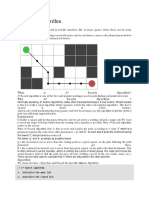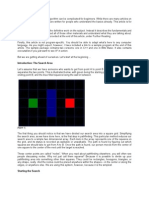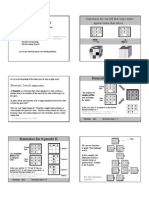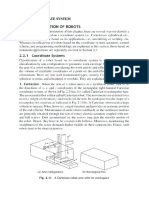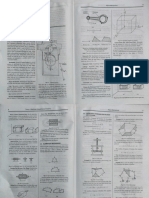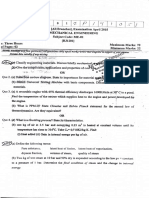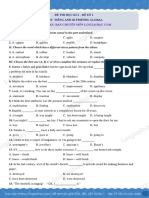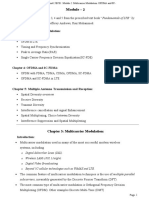0% found this document useful (0 votes)
183 views6 pagesA Star Algorithm
The document discusses the A* search algorithm, which is a pathfinding algorithm that finds the shortest path between a starting point and ending point. It works by maintaining two lists called the open list and closed list, and uses heuristics like Manhattan distance, diagonal distance, and Euclidean distance to efficiently find the shortest path.
Uploaded by
Aryan RaiCopyright
© © All Rights Reserved
We take content rights seriously. If you suspect this is your content, claim it here.
Available Formats
Download as PDF, TXT or read online on Scribd
0% found this document useful (0 votes)
183 views6 pagesA Star Algorithm
The document discusses the A* search algorithm, which is a pathfinding algorithm that finds the shortest path between a starting point and ending point. It works by maintaining two lists called the open list and closed list, and uses heuristics like Manhattan distance, diagonal distance, and Euclidean distance to efficiently find the shortest path.
Uploaded by
Aryan RaiCopyright
© © All Rights Reserved
We take content rights seriously. If you suspect this is your content, claim it here.
Available Formats
Download as PDF, TXT or read online on Scribd
/ 6








